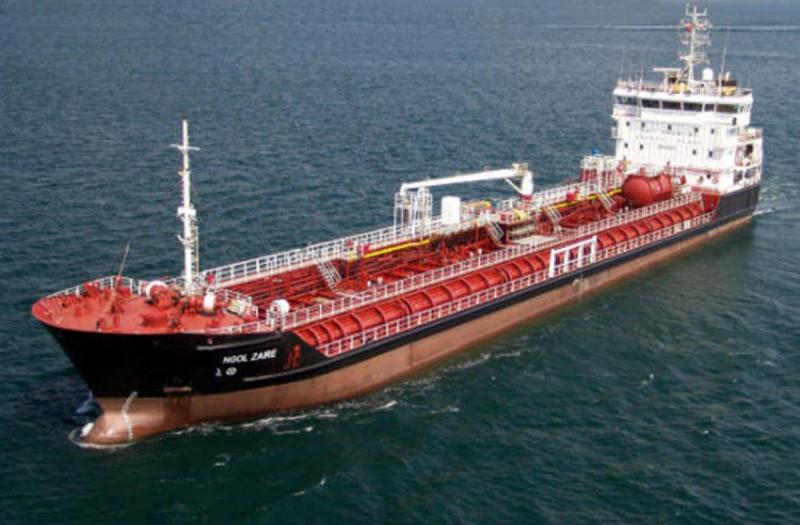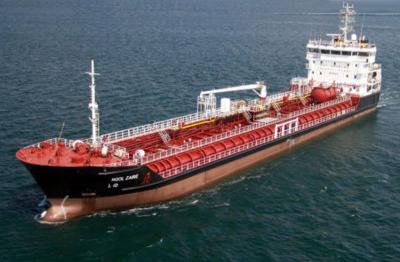An analysis conducted by Reuters of ship tracking data indicated that the movement of oil and fuel tankers in the Red Sea remained stable in December, despite many container ships altering their routes due to attacks by the Houthi movement, which is allied with Iran. These attacks have led to a sharp increase in shipping costs and insurance premiums, but their impact on oil flows has been less severe than feared, as shipping companies continue to utilize the main route between the East and West. The Houthis, who claim to be targeting vessels headed for Israel, primarily attacked non-oil cargo shipments.
The additional costs have not significantly affected most shipping companies so far because the cost of using the Red Sea remains manageable compared to rerouting goods around Africa. However, the situation warrants monitoring, as some oil companies like BP and Equinor are redirecting shipments to the longer route. Experts have noted that rising shipping costs are likely to boost U.S. crude exports to some European buyers. Michelle Wiese Buchman, a shipping analyst at Lloyd's List, stated, "We haven’t really seen the disruption in tanker movement that everyone expected."
There were an average of 76 oil and fuel-laden tankers daily in the southern Red Sea and Gulf of Aden in December, an amount just two fewer than the average in November and three fewer than the average during the first 11 months of 2023, according to data from the MarineTraffic ship tracking service. Kepler's competing tracking service recorded an average of 236 vessels crossing the entire Red Sea and Gulf of Aden in December, slightly up from an average of 230 vessels in November. Wiese Buchman noted that the additional cost of sailing around the Cape of Good Hope instead of through the Red Sea would make oil delivery trips less profitable. She added, "Therefore, they will try and proceed."
Charter rates have doubled according to data from Marhelm, a ship data analysis firm. The cost to ship oil on Suezmax tankers reaches nearly $85,000 per day, while Aframax tankers, able to carry 750,000 barrels, cost about $75,000 per day. Tanker traffic in the southern Red Sea briefly dropped between December 18 and 22 when the Houthi group intensified its attacks on ships, averaging 66 tankers, but traffic resumed afterwards, according to MarineTraffic data. The movement of container ships in the region saw a sharper decline of 28% in December compared to November, with significant decreases in the latter half of the month due to escalating attacks, according to MarineTraffic.
**Risk Persistence**
Data analysis from the London Stock Exchange Group showed that many major oil companies, refiners, and shipping service companies continued to use the Red Sea route. Calvin Froedge, founder of Marhelm, noted, "Shipping companies and their clients really want to avoid schedule disruptions. So they are still taking risks." He pointed out that many oil tankers crossing the Red Sea were carrying Russian crude to India, which the Houthis have no interest in attacking.
According to ship tracking data from the London Stock Exchange Group, the Delta Poseidon vessel operated by Chevron transited the Suez Canal and the Red Sea in late December en route to Singapore. Data showed that the Sanmar Sarod vessel, operated by Indian refiner Reliance, also crossed the Red Sea in late December to deliver gasoline components to the United States. A Chevron spokesperson said, "We will continue to effectively assess route safety in the Red Sea and throughout the Middle East and make decisions based on the latest developments." Reliance did not respond to a request for comment.
Other tankers hired by the ClearLake unit of Gunvor Trading, Indian refiner Bharat Petroleum, and Saudi Aramco Trading have used this route in recent weeks. The companies declined to comment or did not respond to requests for comments. Utilizing the Red Sea can shorten a journey from Singapore to Gibraltar by about 3,700 nautical miles.
**Route Diversion**
Some companies like BP and Equinor have temporarily halted all crossings through the Red Sea and redirected their vessels in the area. According to ship tracking data from Fortecsa, at least 32 tankers have altered their course or taken the Cape of Good Hope route instead of using the Suez Canal since the second half of December. Fortecsa added that the tankers being diverted are mostly those rented by companies that announced a temporary suspension of sailing through the Red Sea or those operated by U.S. entities or linked to Israel.
Fuel oil traders and fuel supply sources in Asia stated that they are still monitoring developments in the Red Sea, though eastern Suez currently has sufficient supplies, making it unlikely that current rerouting will lead to price increases. Kepler's data indicated that disruptions from the East to West have mainly affected European imports of diesel and jet fuel so far. Meanwhile, rerouting from West to East has impacted some shipments of fuel oil and gasoline from Europe to the Middle East, Asia, and East Africa.
Matt Smith, a Kepler analyst, noted that the ongoing tensions have also prompted more oil buyers to look towards the U.S., likely playing a role in the record increase of U.S. crude exports to Europe, reaching 2.3 million barrels per day in December. Smith added, "The ongoing uncertainty in the Red Sea is likely to encourage some European buying of U.S. crude."




